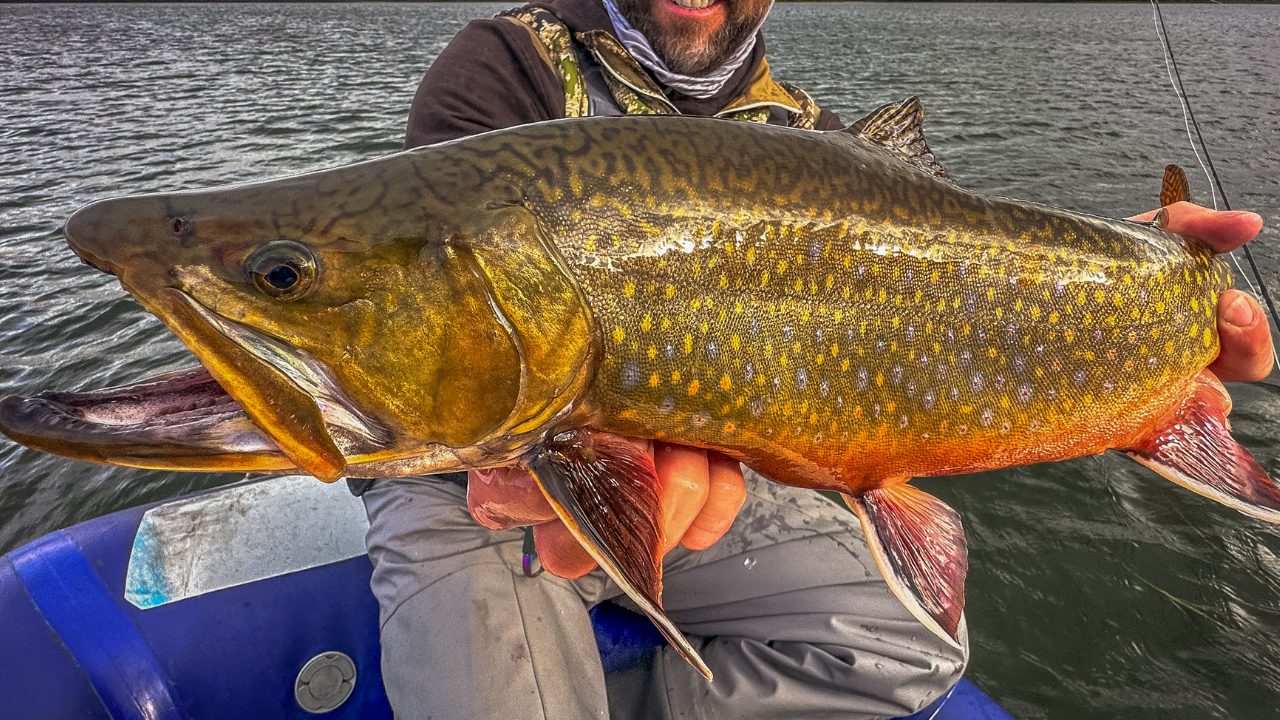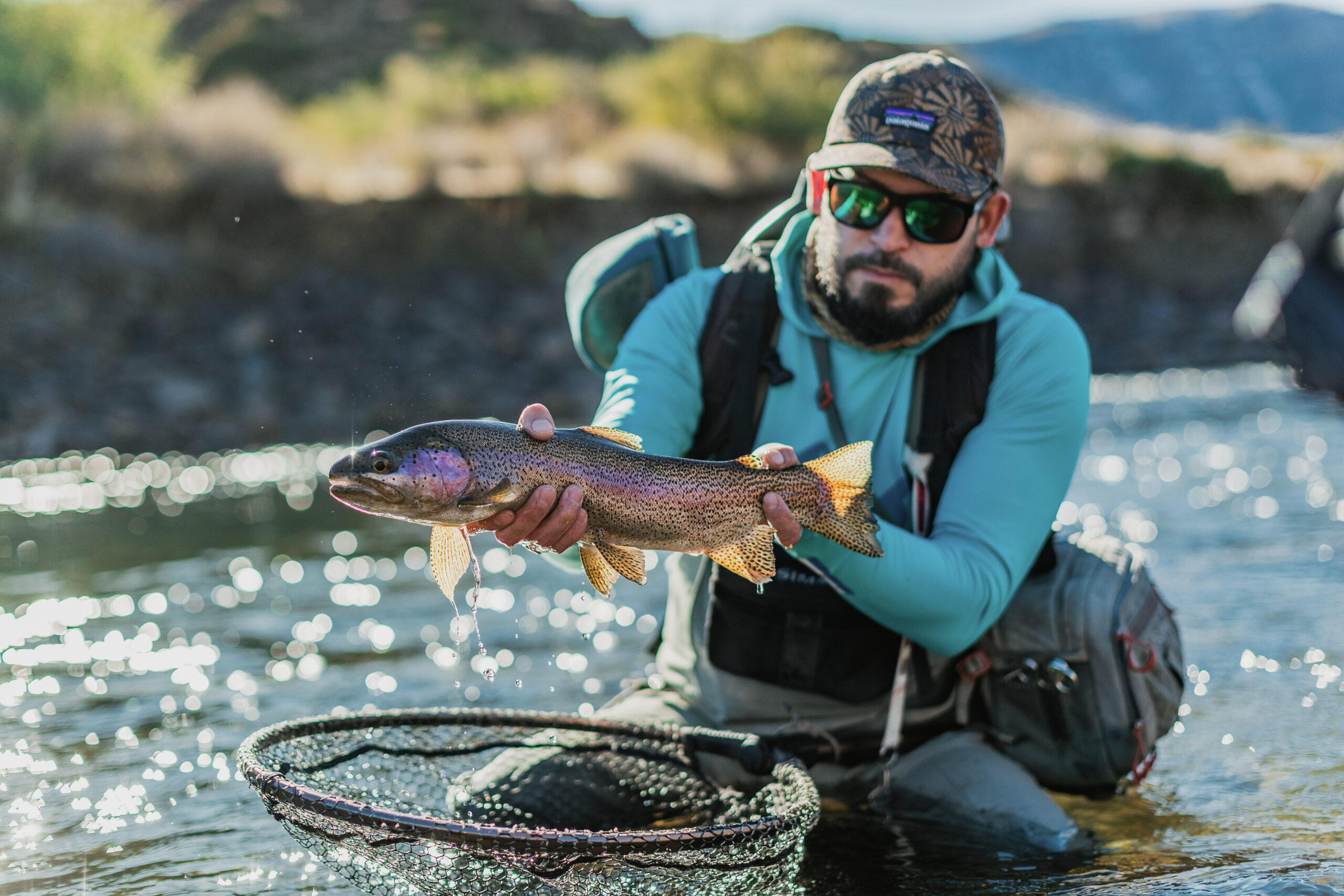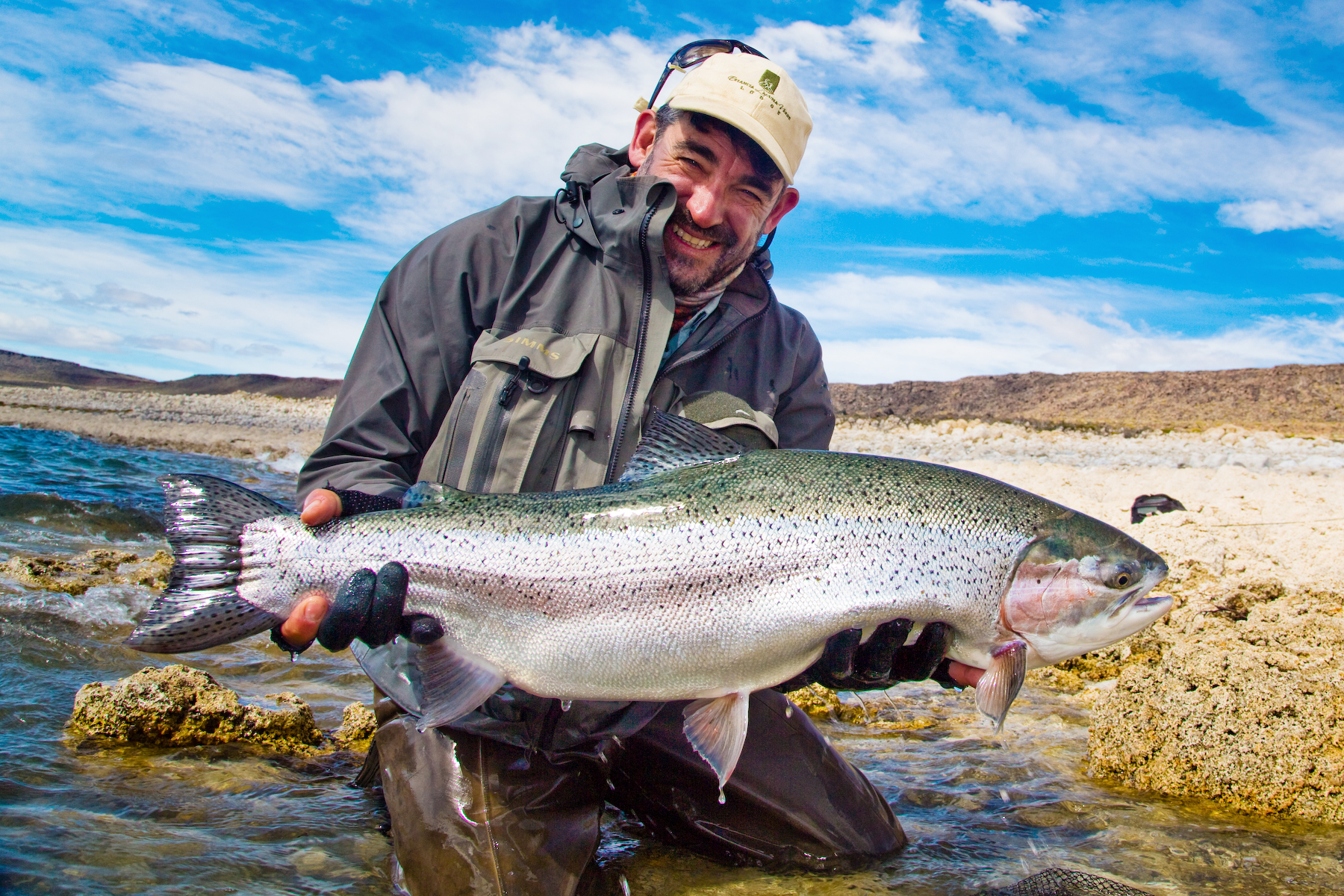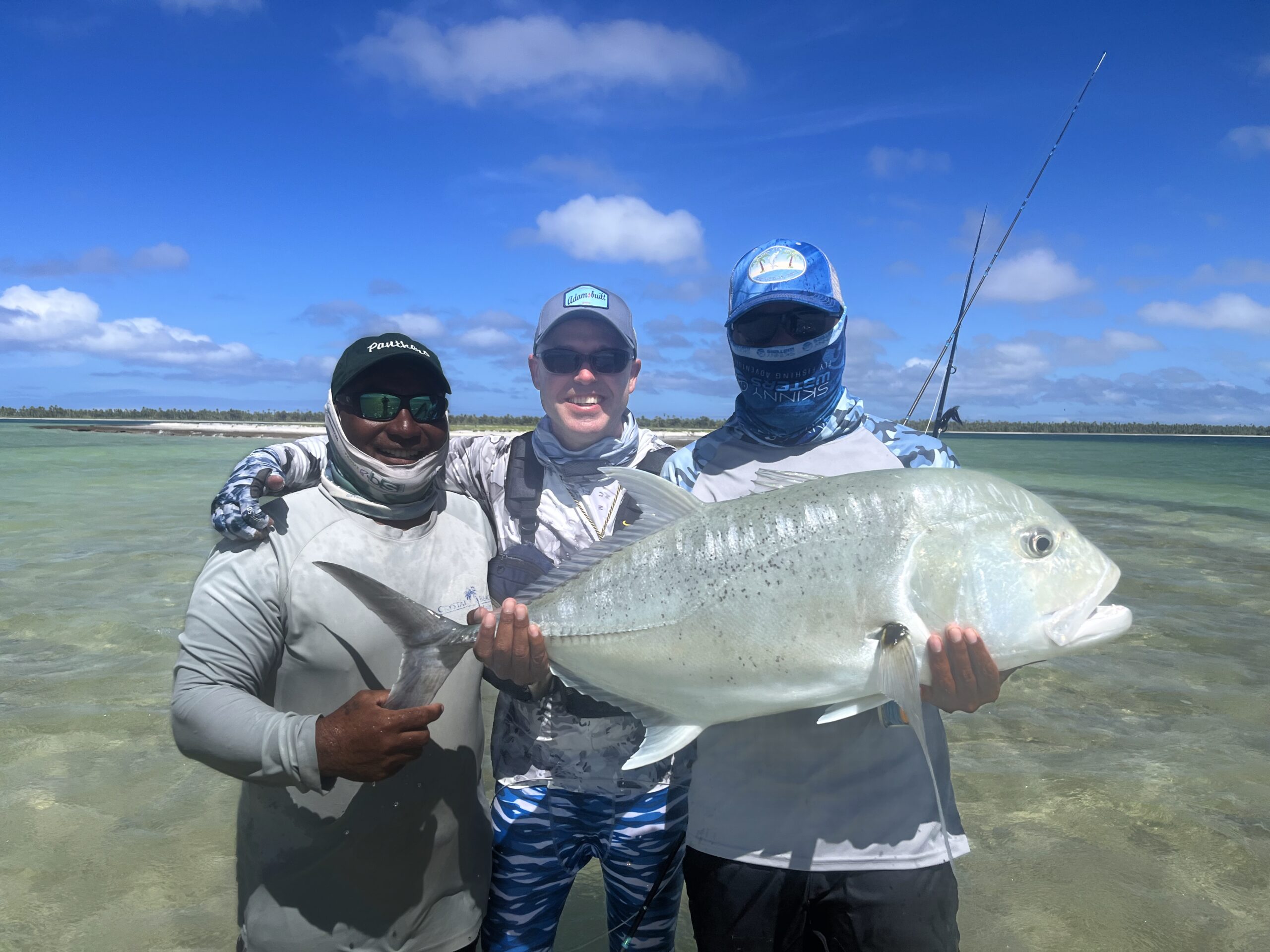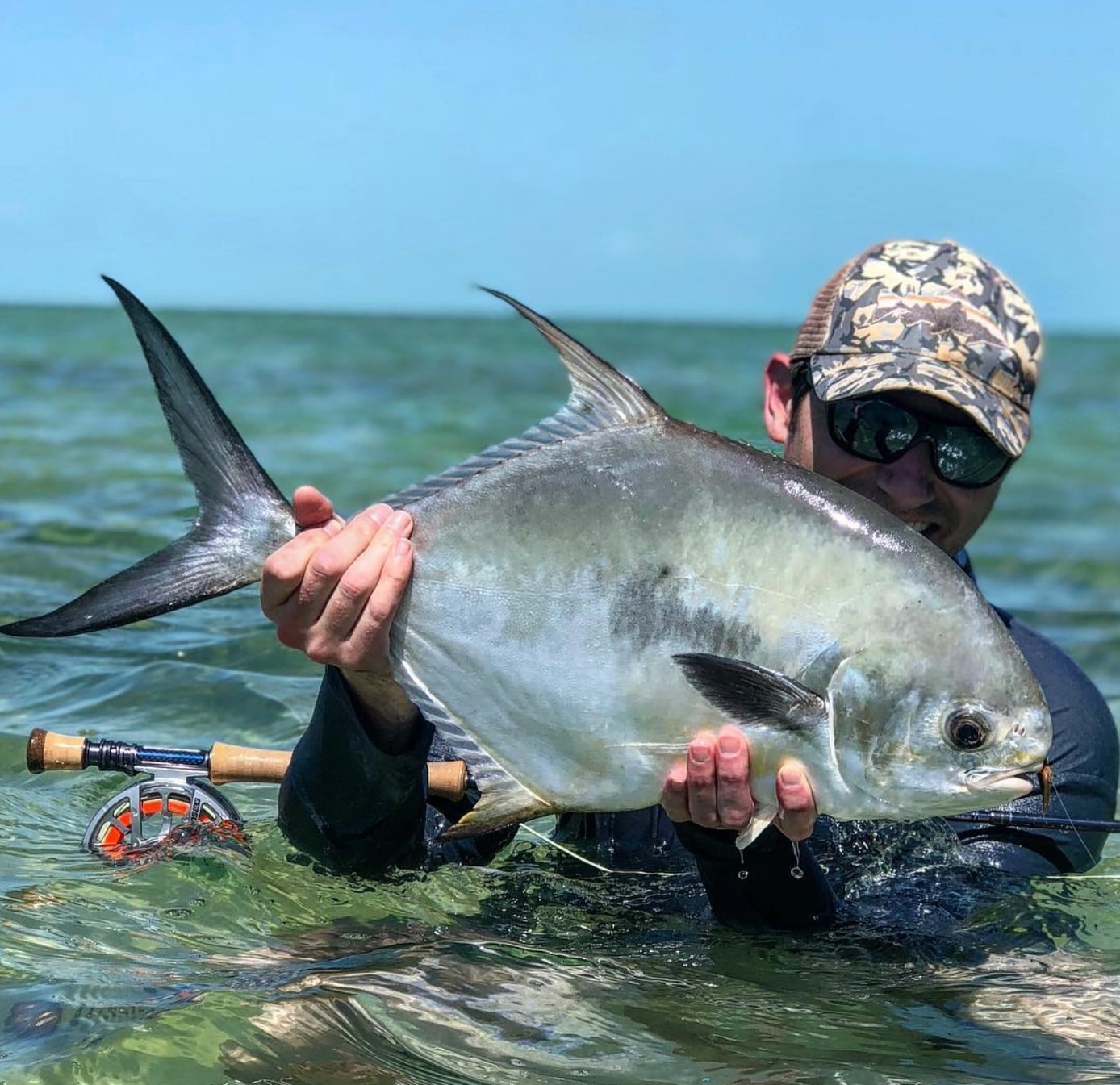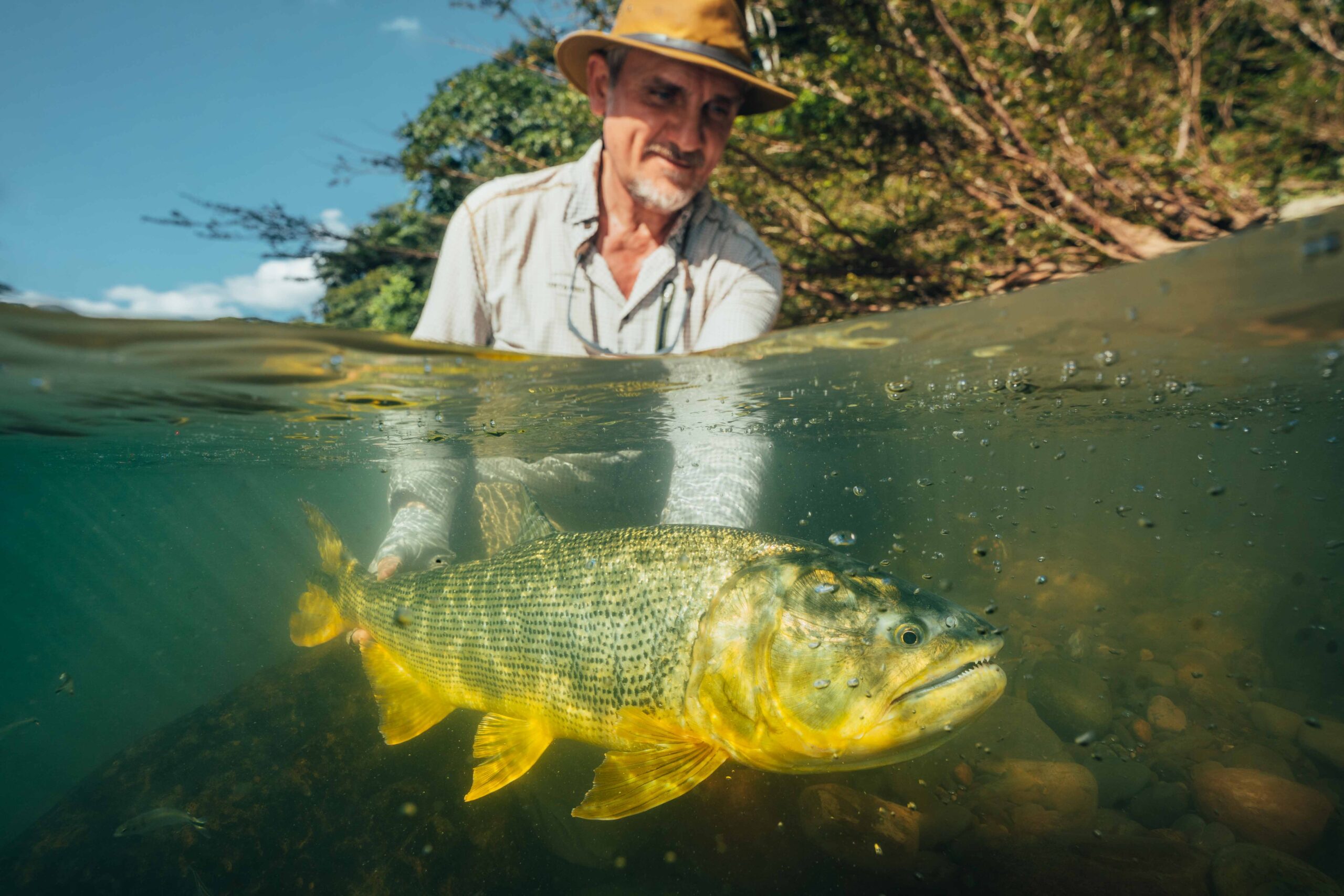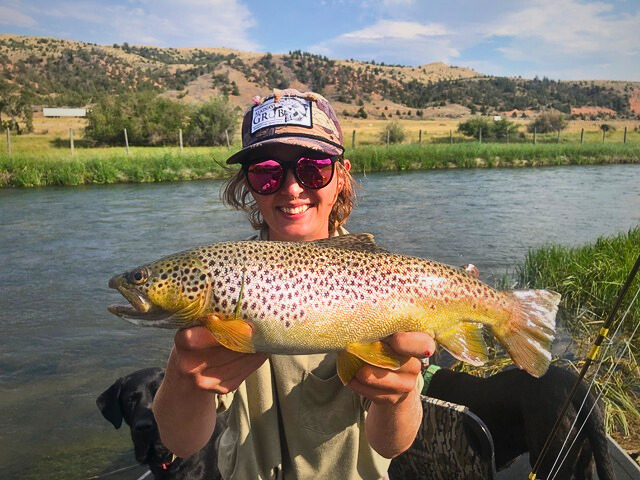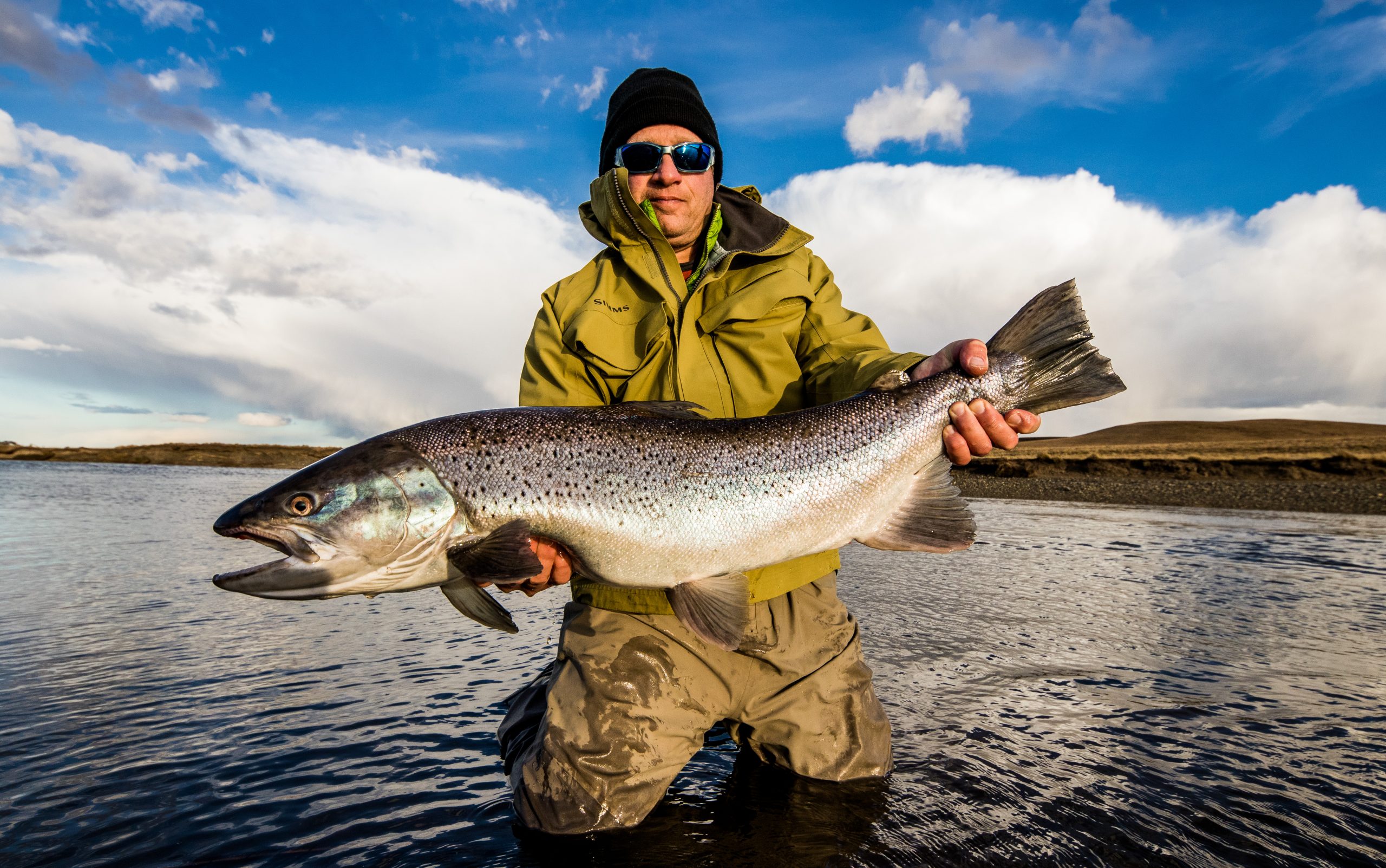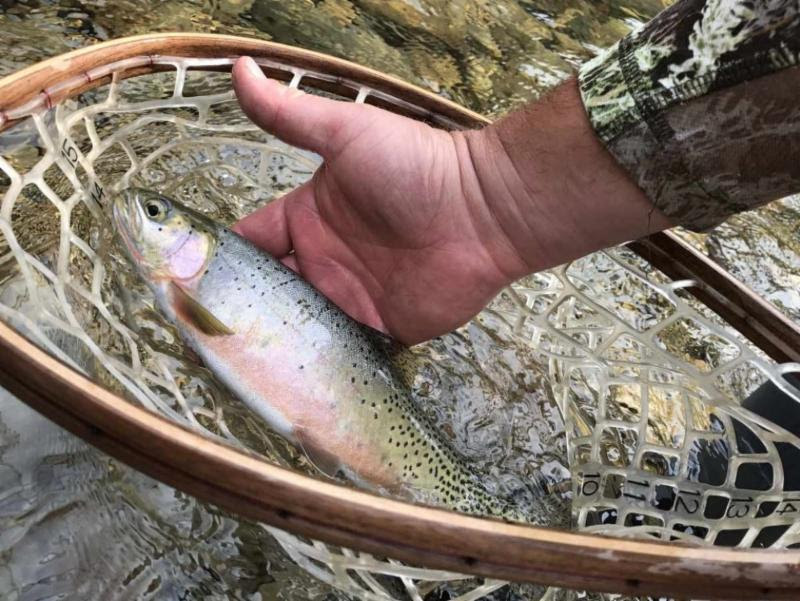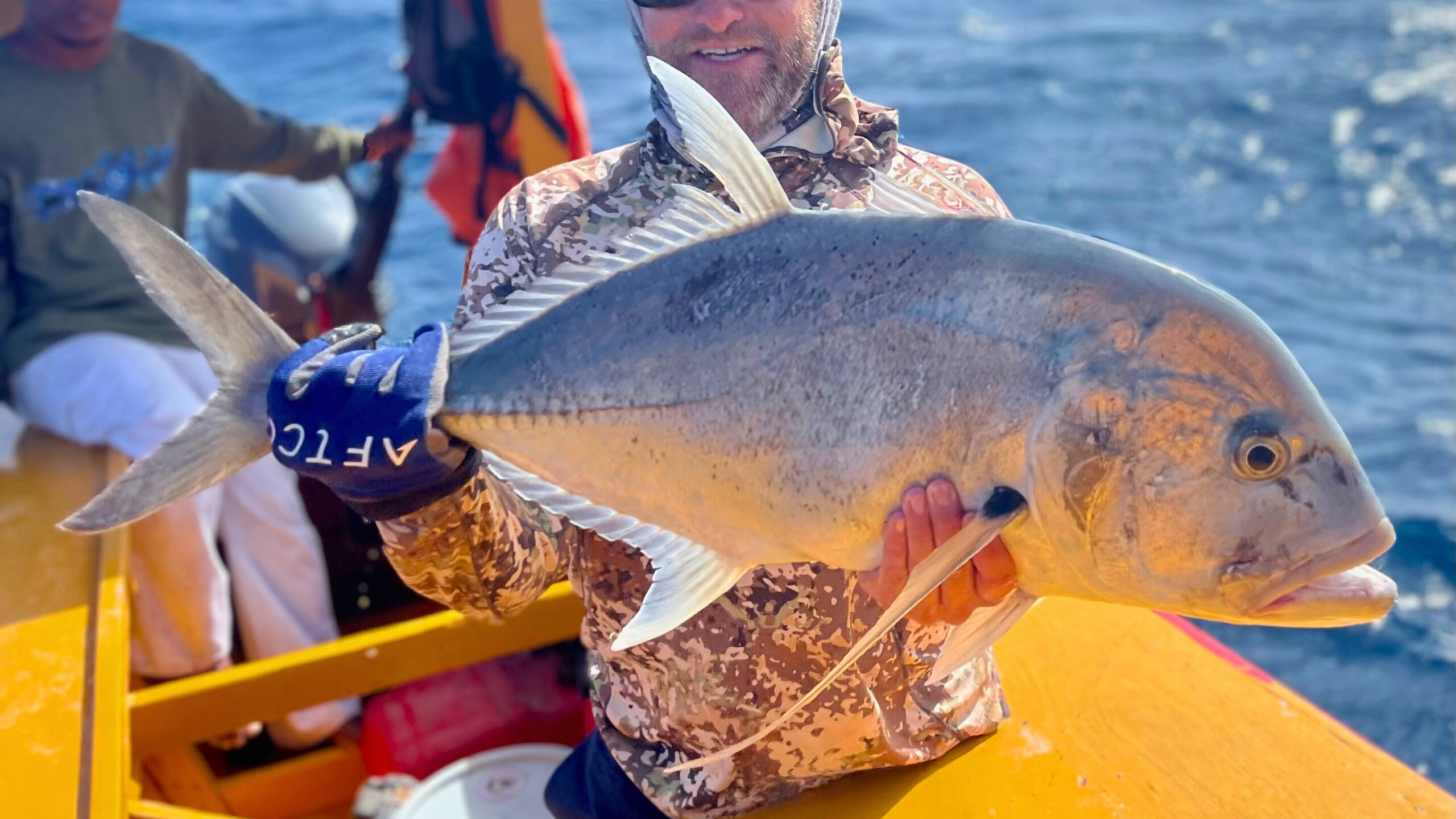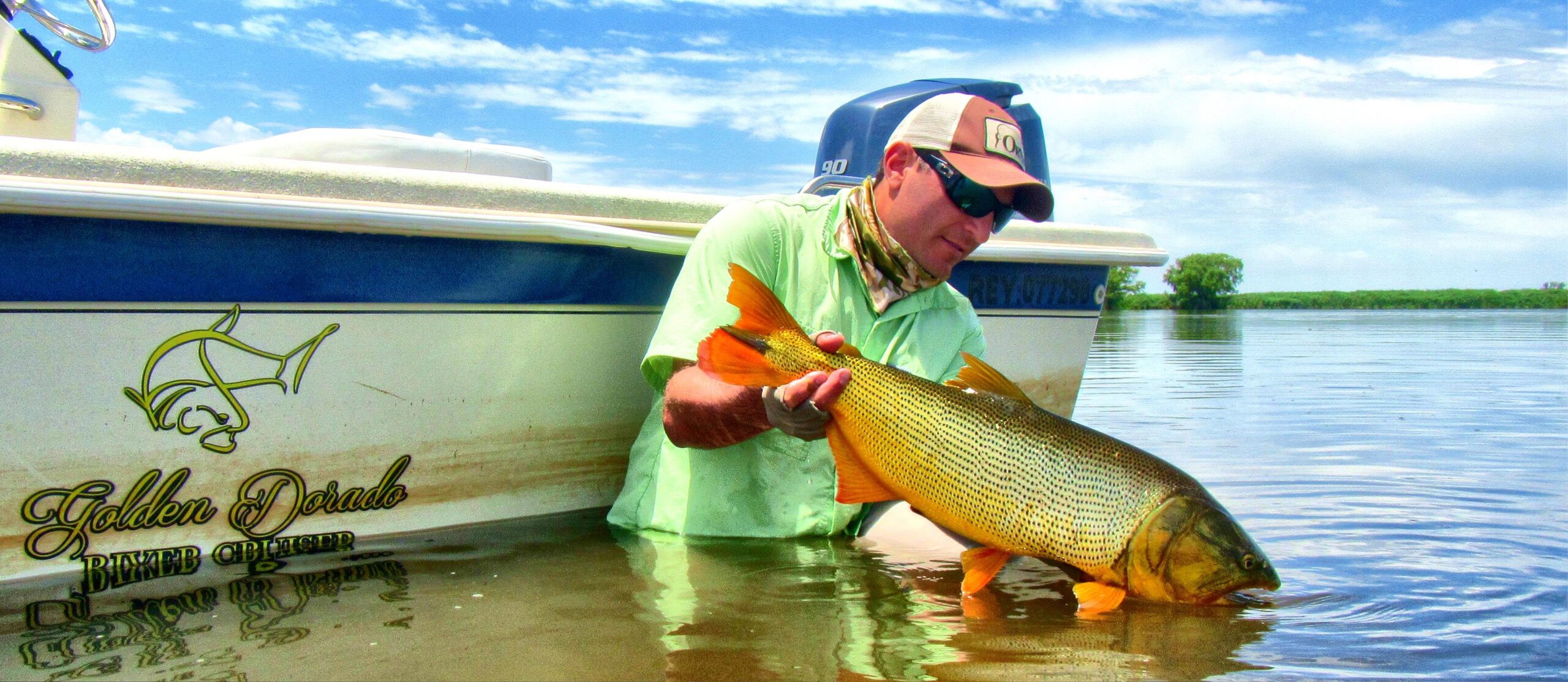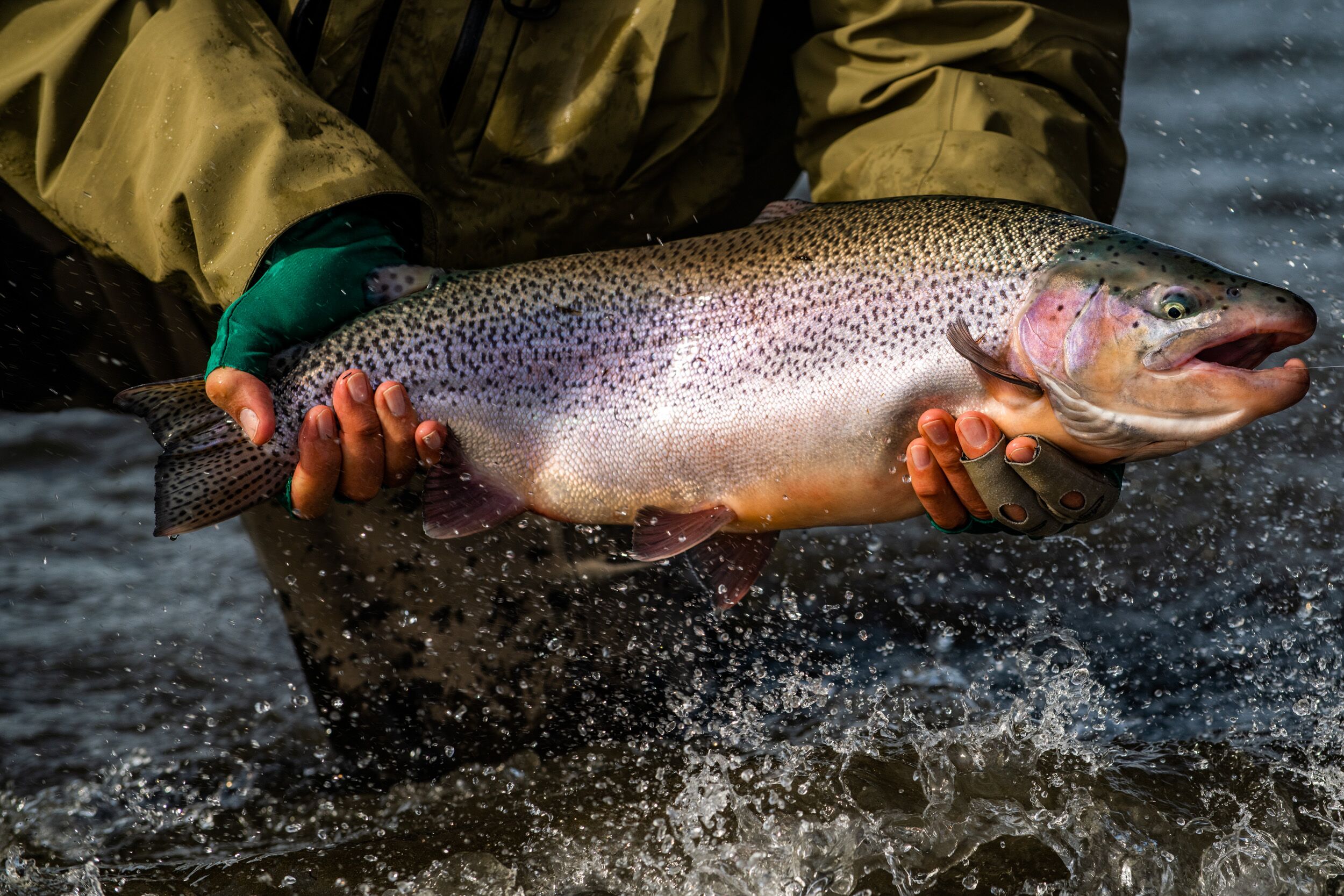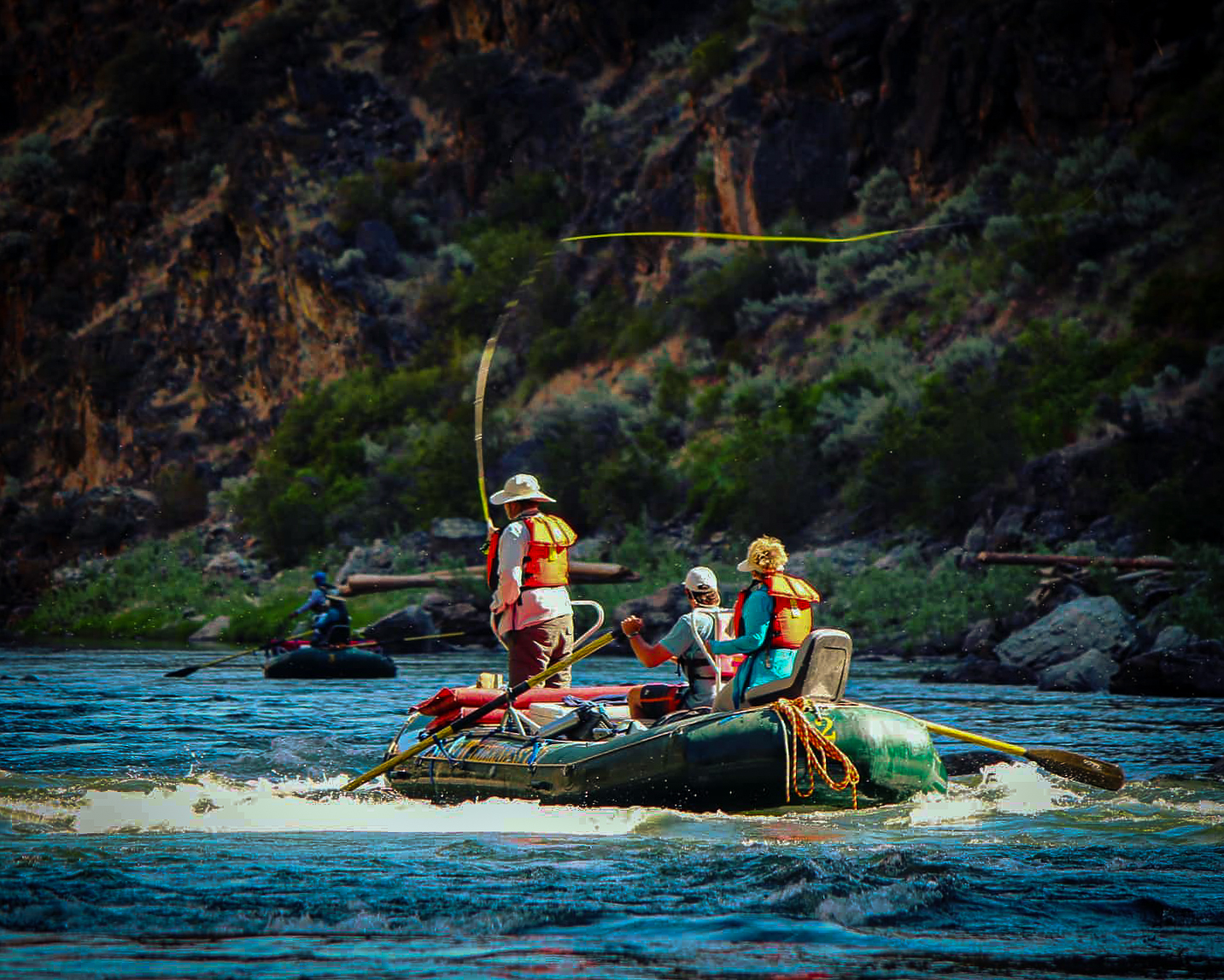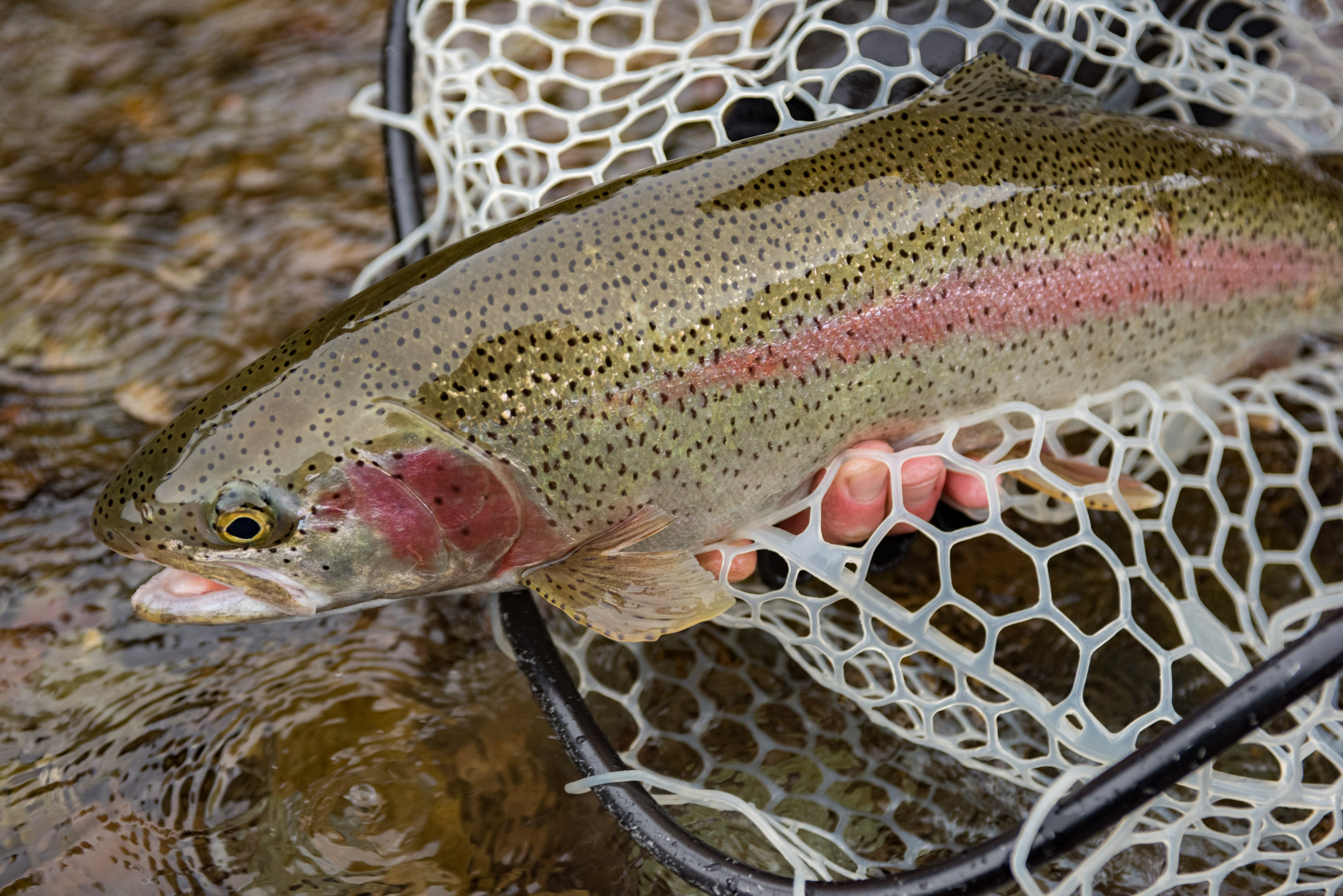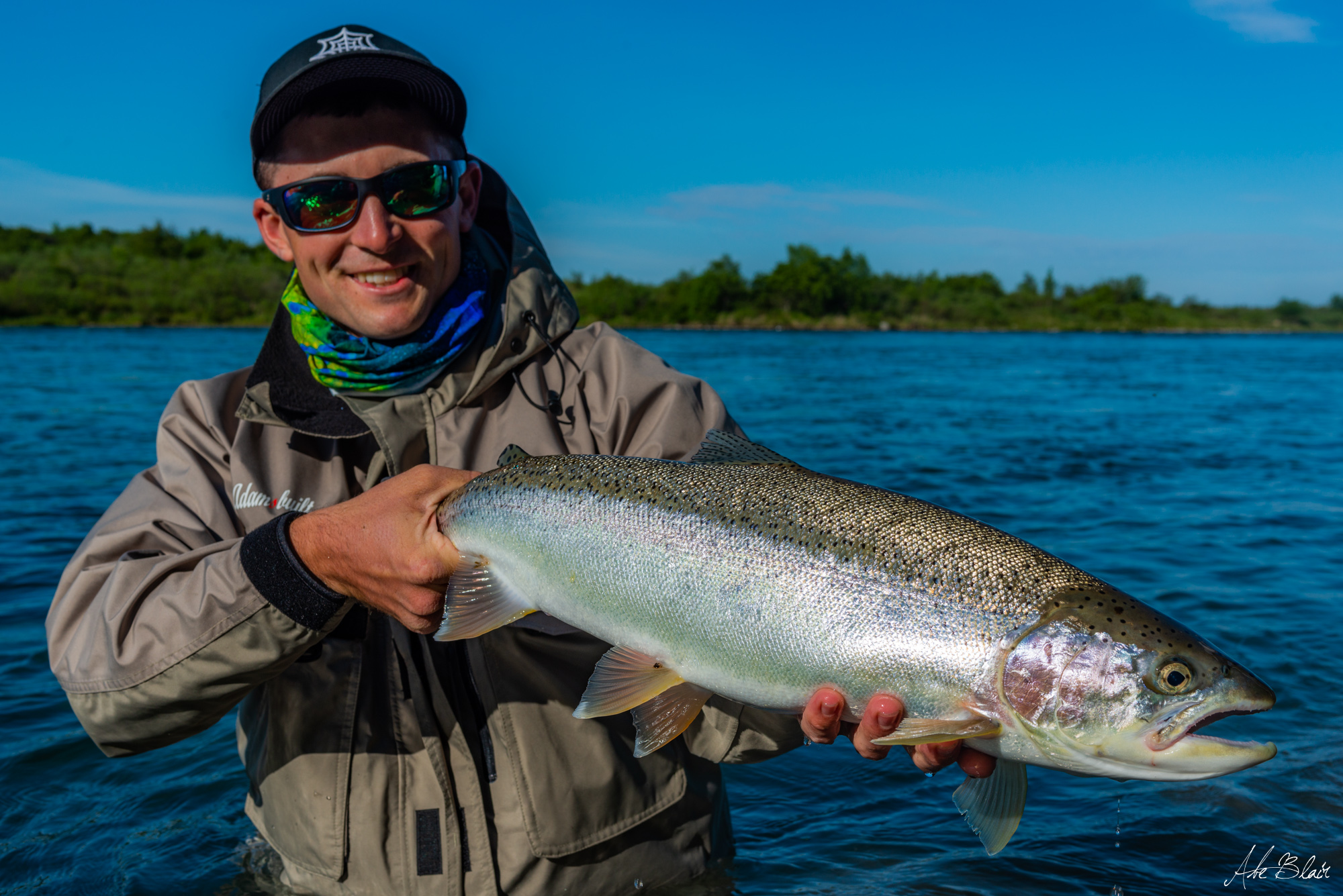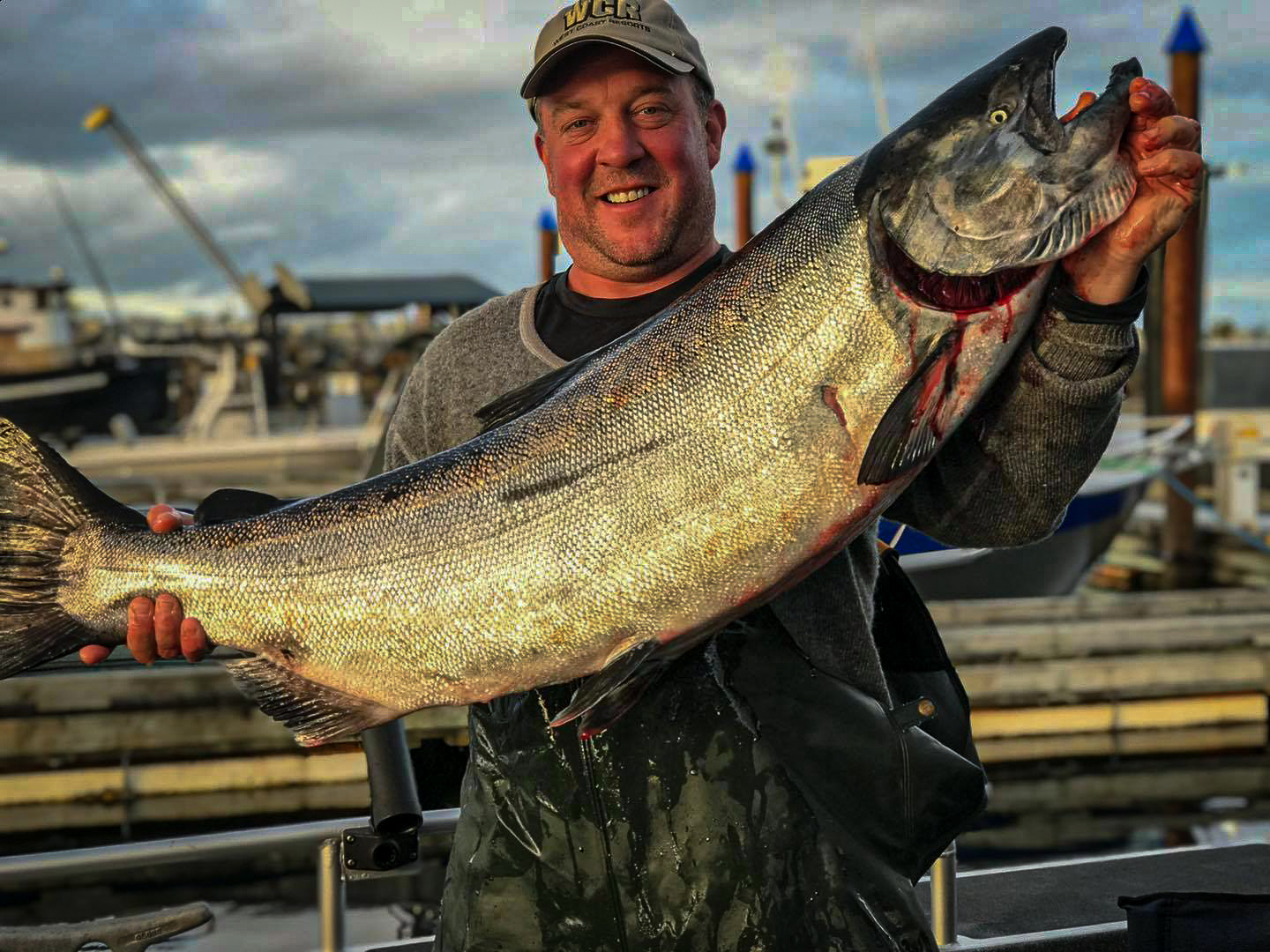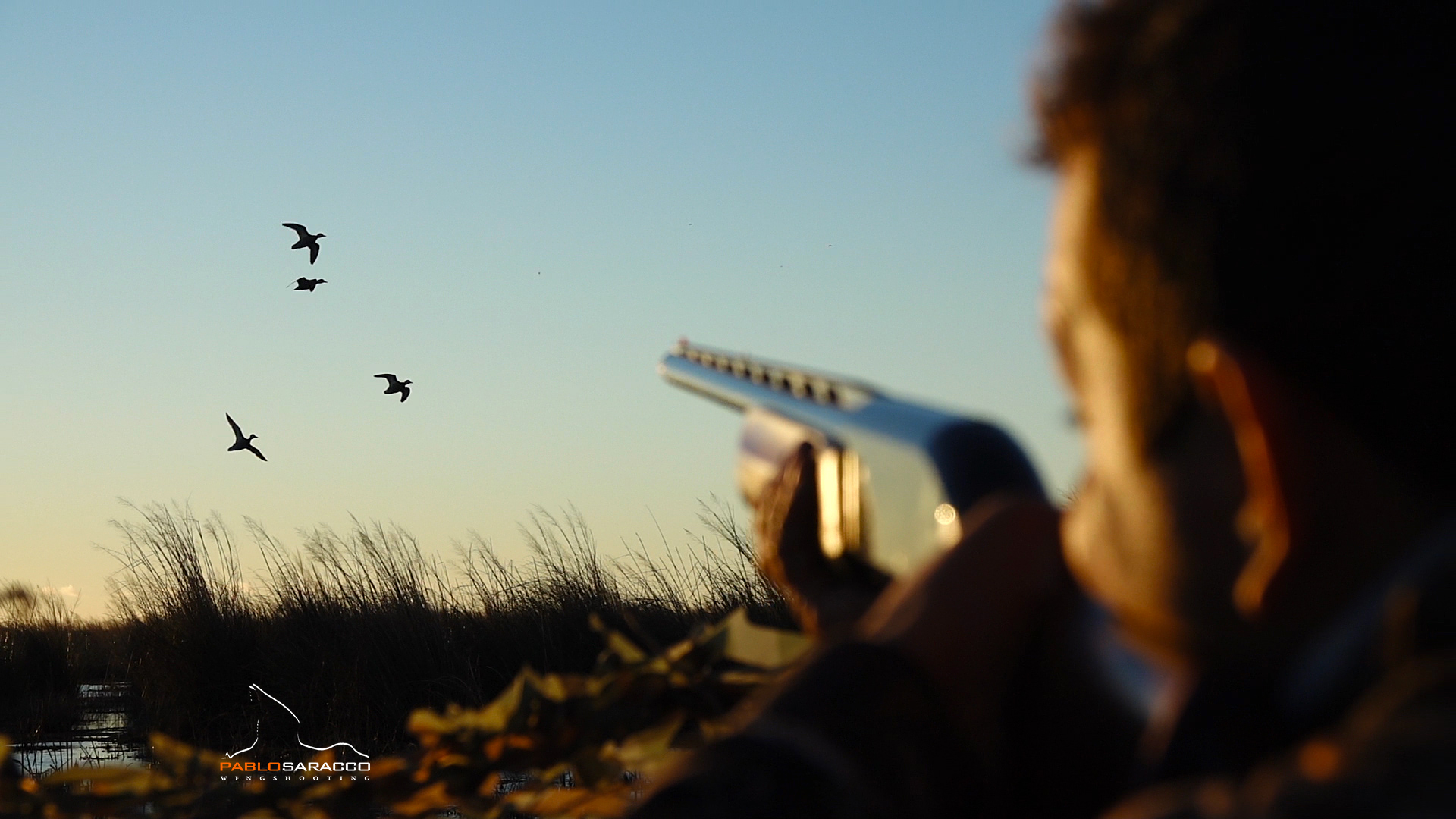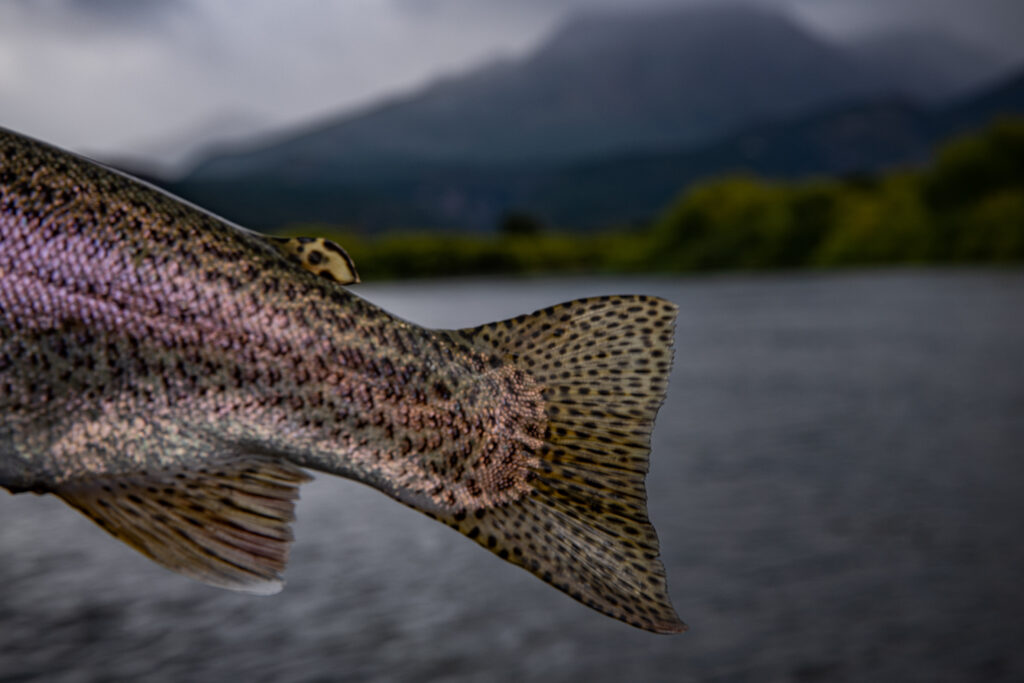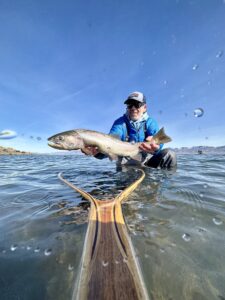News & Updates
Fishing During Different Seasons
Choosing the right season for your fishing trip can make all the difference in your success. Fish behavior, water temperatures, and environmental conditions vary throughout the year, so timing your adventure to align with these seasonal changes is key to reeling in a great catch. Here’s a seasonal guide to help you plan the perfect fishing trip.
Spring: Prime Time for Active Fish
Spring is one of the most exciting seasons for fishing as it marks the awakening of fish from their winter dormancy. As water temperatures gradually increase, many species, including bass, trout, and walleye, begin their spawning rituals. This period is particularly favorable for anglers because fish are more active and tend to move into shallower waters. Early spring is an excellent time to target these species, especially in rivers and lakes. However, the weather can be unpredictable, with sudden shifts in temperature and conditions, so it’s important to be prepared for anything from chilly mornings to warm afternoons.

Summer: Maximize Your Daylight Hours
Summer brings long, warm days that provide ample opportunities for extended fishing trips. The heat of summer drives fish to deeper, cooler waters during the hottest parts of the day, making it crucial for anglers to adjust their strategies accordingly. Early mornings and late evenings are prime times for fishing, as fish move closer to the surface to feed when temperatures are lower. Popular summer species include bass, catfish, and pike, which are known for their aggressive feeding habits during this season. While summer fishing can be highly productive, it’s also a time when fishing spots can become crowded with other anglers. To avoid the crowds and increase your chances of success, consider exploring less popular locations or fishing during off-peak times.
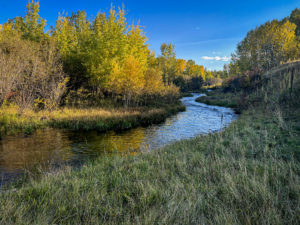
Fall: A Season of Abundance
Fall is a transitional season that offers some of the best fishing opportunities of the year. As the weather cools and daylight hours shorten, fish begin to feed more aggressively to build up energy reserves for the winter months. This period is especially productive for species like trout, bass, and salmon, which are often found in abundance in rivers, streams, and lakes. The cooler water temperatures make fish more active and less wary, increasing your chances of a successful catch. Additionally, fall is a great time to enjoy a more peaceful fishing experience, as the number of anglers on the water tends to decrease, allowing you to fully immerse yourself in the fall foliage.
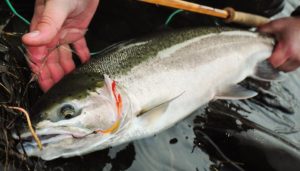
Winter: Embrace the Cold for Unique Catches
Winter fishing may not be for everyone, but for those who brave the cold, it can be an incredibly rewarding experience. In colder climates, ice fishing becomes a popular activity, offering anglers the chance to target species like pike, perch, and walleye through the ice. Ice fishing requires specialized gear and knowledge of safe ice conditions, but the unique experience and potential for catching large fish make it worthwhile. In milder climates, where waters remain ice-free, winter can still be a productive season, particularly for trout, which are known to be more active in cooler temperatures. Despite the challenges, including frigid weather and fewer daylight hours, winter fishing provides a sense of solitude and a connection with nature that is hard to match.
The best time of year for your fishing trip depends on your target species, local climate, and personal preferences. By understanding and aligning with the seasonal patterns of fish, you can greatly enhance your chances of a successful and enjoyable fishing trip.
If you’re looking to experience a different kind of fishing adventure, consider heading to the opposite hemisphere. In destinations like Argentina or New Zealand, you’ll find the seasons reversed, offering you the chance to enjoy spring fishing during your autumn or summer fishing during your winter. This not only extends your fishing season but also adds an exciting, exotic twist to your angling adventures.


